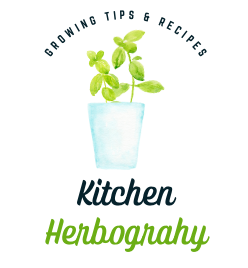As an Amazon Associate I earn from qualifying purchases. This website also participates in other affiliate programs and may earn commissions if you shop through the links used on this website.
(This article was originally published on July 26, 2022 and was last updated on September 10, 2022)
If you love to grow or cook with a range of different basil varieties, then cinnamon basil is a great option to add to your repertoire.
As the name suggests, cinnamon basil has a flavor that resembles that of the exotic spice.
Despite being native to subtropical climates, this type of basil does not require specialist care. It has the same growing requirements as “regular” basil, such as full sun and moist soil, and can be grown in the same way.
In this article, we’ll take a closer look at cinnamon basil, and give you all the information you need to start growing cinnamon basil and using it in your kitchen at home.
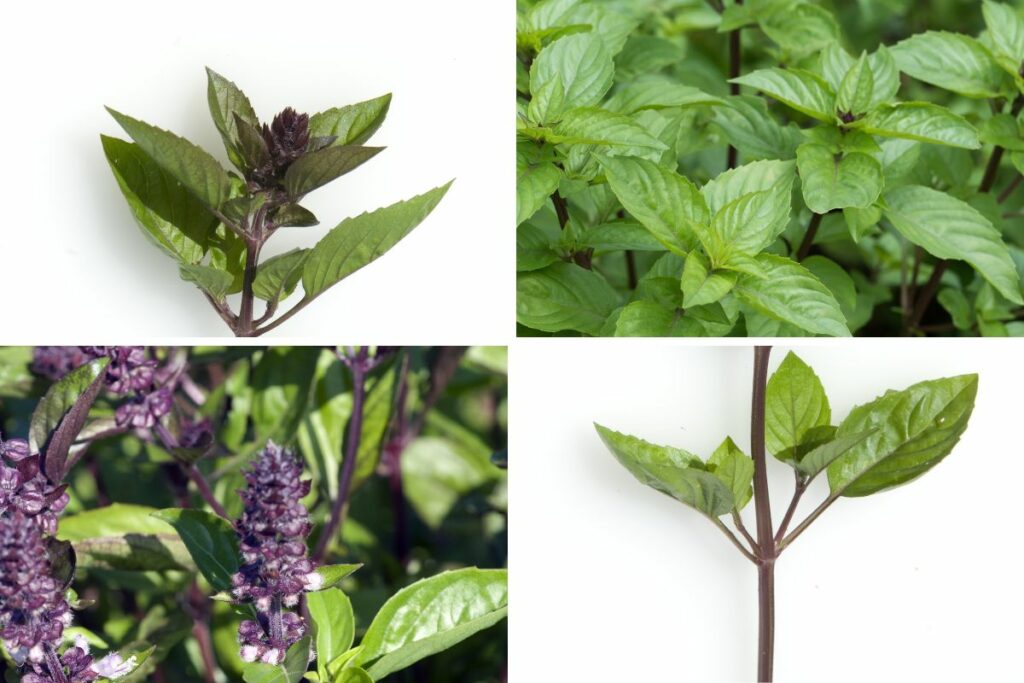
What is Cinnamon Basil?
Cinnamon basil, also known as Mexican spice basil or simply Mexican basil, is a separate cultivar of Ocimum basilicum (sweet basil) grown for its spicy flavor.
While cinnamon basil is sometimes also a name given to Thai basil, we will focus on the cultivar of Ocimum basilicum Cinnamon in this guide, because Thai basil is actually a different cultivar from Cinnamon basil!
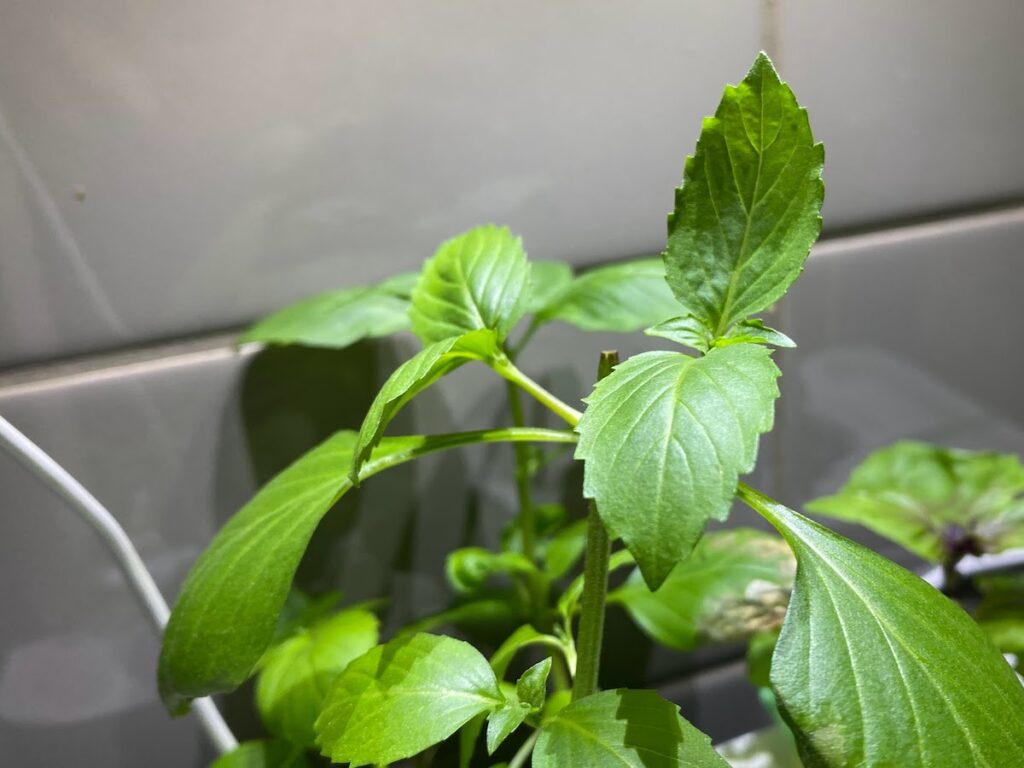
Methyl cinnamate within the leaves of this plant give cinnamon basil its cinnamon-like flavor. Other varieties of basil also contain this chemical, though to differing degrees.
Cinnamon basil has narrow, slightly serrated, dark green, glossy leaves and can have reddish purple veins, dark purple stems (not to be confused with purple basil or Red Rubin), and small pink flowers that bloom, if allowed to do so, during the latter half of the growing season, from July to September.
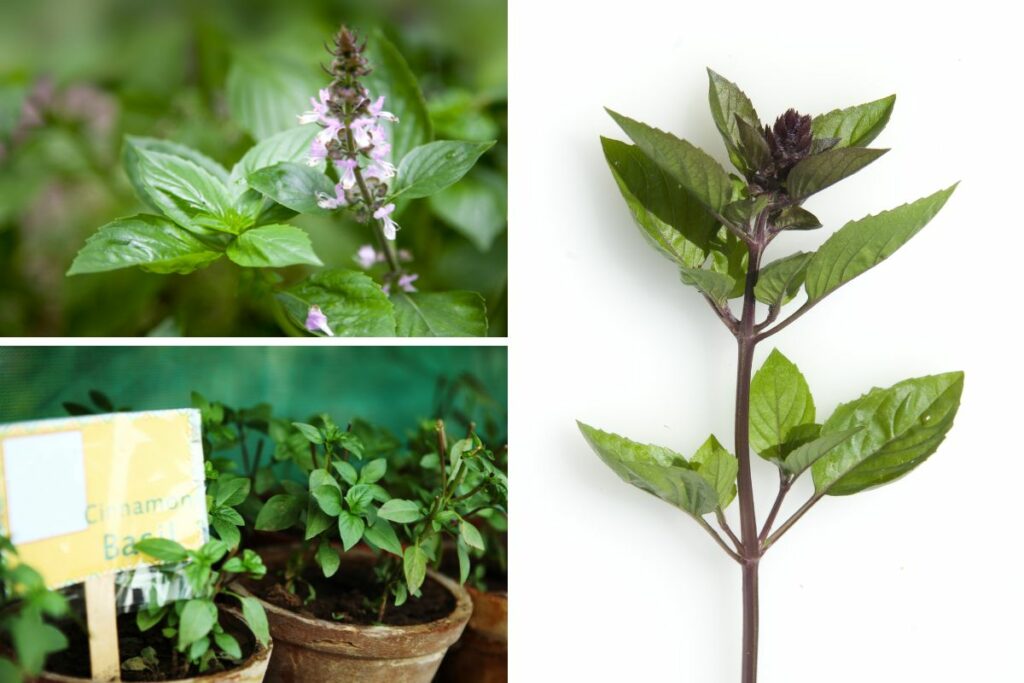
This type of basil typically grows around 18-30 inches tall, though can sometimes grow taller in an ideal environment.
On interesting fact about cinnamon basil is that it’s been grown in many locations – even off the planet, on the Space Shuttle Endeavour and during experiments in low Earth orbit on the International Space Station.
How to Grow Cinnamon Basil
This basil is often grown as an annual plant in cooler climates. But in USDA zones 9-11 it can be a perennial plant. In places where it can perennialize, it can indeed be so easy to grow that your biggest challenge might not be growing it, but rather keeping it under control.
If you have ever grown a typical Genovese or sweet basil, then you will not have any difficulty in growing this type, since the conditions it requires are the same.
Where to Grow Cinnamon Basil
As with any sweet basil, Cinnamon basil can be grown inside the home in a suitably bright location, or outdoors. Like most basils, it will do best in a spot with at least 6 hours of sunshine per day, in a moist yet free draining growing medium or soil.
You can grow it indoors year-round as long as the location is bright and airy enough, and doesn’t get too dry. Many gardeners, even in colder zones, will place it outdoors in the summer where possible, before bringing it indoors before the first frost threatens the plant.
Outdoors, you can grow it in pots or other containers, in raised beds, in dedicated herb beds like herb spirals, in mixed sunny borders, or as a companion plant in your vegetable garden.
It can be particularly beneficial to plant this pungent aromatic herb close to tomatoes, roses, or other plants or herbs which draw in whitefly since it is said to repel or at least discourage these pests.
If you decide to let it develop cinnamon basil flowers, it can also attract pollinators and beneficial predatory insects to your garden.
Sowing Cinnamon Basil
Like other sweet basil cultivars, Ocimum basilicum Cinnamon is typically sown indoors in temperate climate zones, around 6 weeks before the last frost date.
However, it can also be direct sown in the garden in spring once the weather has warmed reliably, and can germinate rather reliably in the right conditions.
Sow into moist yet free draining, ideally mildly acidic and humus-rich soil or growing medium. If growing at home, you can use a general-purpose peat-free compost mix or potting soil, or you can create your own mix of 1/3 homemade compost, 1/3 loam, and 1/3 leaf mold (as I do at home).
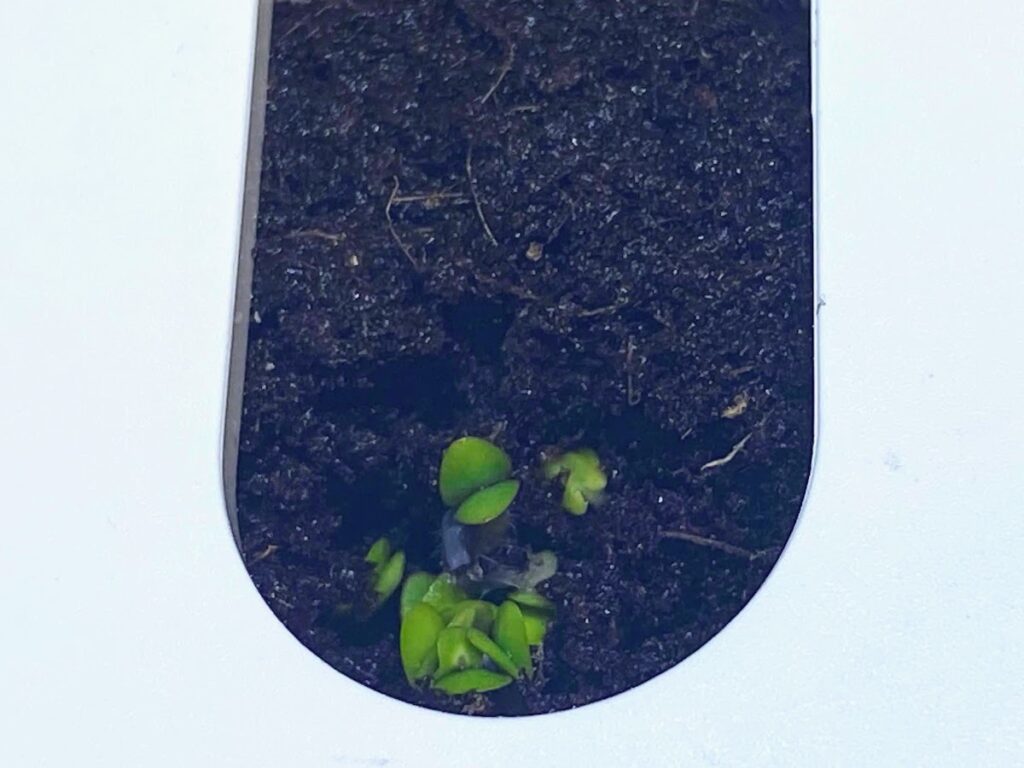
Planting Cinnamon Basil
Some gardeners may prefer to purchase starter herbs rather than growing from seed. These can be hardened off and planted out, like seed-grown basil, once the weather has warmed where you live in the spring.
Plants should be spaced or thinned to provide an eventual plant spacing of around 15-20cm between plants for good ground coverage, or 30cm or so for larger individual plants.
Be sure to water plants well upon planting, and add an organic mulch to the garden such as a good quality homemade compost or well-rotted manure for fertility, moisture conservation, and weed suppression.
Caring For Cinnamon Basil
Water cinnamon basil deeply and regularly through the growing season to keep soil moist, and then allow the soil to dry slightly between waterings.
Remember that plants will need to be watered more frequently when the weather is hot and dry, and less during the shoulder months. Basil in containers typically need watering more often than those growing in the ground, and you’ll want to ensure container plants have well drained soil so it doesn’t get too wet or boggy.
Cinnamon basil will not usually need to be fed additionally during the summer if growing in reasonably fertile soil, especially if an organic mulch is added.
However, when growing in pots, if growth is poor, you can give plants a boost with the addition of a nitrogen-rich organic liquid plant feed to promote leafy growth every couple of weeks in summer.
You can create a compost tea, for example. Or steep weeds, grass, or other high-nitrogen materials in water to make a liquid feed suitable for giving a boost to this and other leafy plants.
Remember, like other basils, this plant won’t survive winter outdoors in cool to cold weather climates. So if you want to save your plant for the following year, dig it up and move it to an indoors or undercover location, or move container plants under cover or indoors. You will have to do this, if you choose to do so, before the first frost.
If you’re happy for your plant to develop flowers, harvest the remainder of the leaves beforehand, and then collect the cinnamon basil seeds and save in an airtight container for next year.
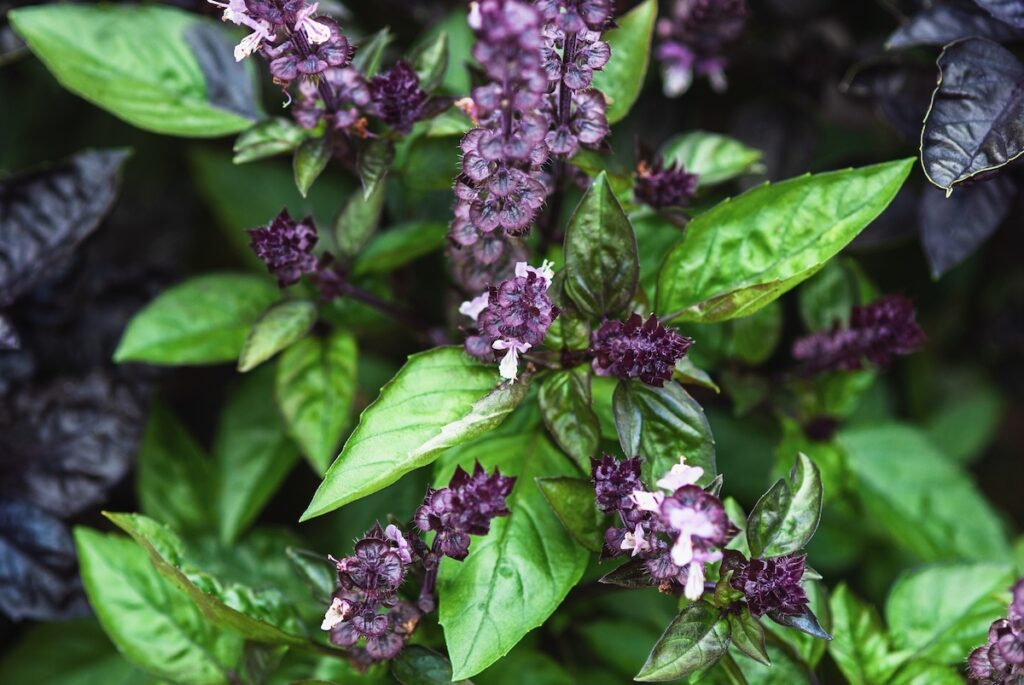
Harvesting Cinnamon Basil
Like other basils, continuous harvesting cinnamon basil is part of its care, since regularly removing the tops of the plants will encourage them to branch out and develop a bushier habit.
If you wish to use the basil for culinary use, then you should nip off flowering shoots to prevent the plant from going to flower.
However, as mentioned above, when in flower, these plants can bring benefits to an organic garden by drawing in beneficial wildlife. So it could be worthwhile allowing some if not all of your cinnamon basil plants to bloom.
You might also wish to let some cinnamon basil bloom because it is not only a culinary plant but also an attractive ornamental. It might not look out of place in a sunny flower bed, alongside other attractive flowering plants in an aesthetic garden scheme.
Another reason to let your plants bloom is if you wish to collect the seeds to sow next year. This is one way to propagate your cinnamon basil at home.
If you do decide to let them blossom into flowers, you can simply cut them back after flowering.
Storing Cinnamon Basil Leaves After Harvest
You can freeze your cinnamon basil leaves as you would sweet basil, either by flash freezing/blanching or freezing with olive oil. Remove the stems before freezing so you only have the fragrant leaves.
If you plan to use your harvested leaves sooner, don’t store them in the fridge. Rather, store them with their stems on in a glass of water, keeping the leaves out of the water, as you would for a cultivating from a cutting.
Cinnamon basil is best used fresh, soon after harvesting.
What to Do With Cinnamon Basil Plants
Cinnamon basil has a variety of interesting uses, both as a culinary and medicinal herb, so you’ll have plenty to do with your harvest.
It is often used to make hot drinks, such as teas, and is a great addition to cocktails or infused spirits.
The cinnamon flavor in fresh leaves goes well with fruits in particular (as do lemon basil and lime basil!), and you can also tear the leaves into salads (along with lettuce basil). You can also use the leaves (fresh or frozen) to flavor soups and stews. As with Thai basil, cinnamon basil also goes well in southeast Asian dishes.
It also works in jellies, jams, infused vinegar, and other preserves, as well as in baking recipes that call for cinnamon.
If it’s your first time cooking with cinnamon basil, go easy on the proportions – it’s a stronger flavor than you may be used to, and you don’t want to overwhelm the dish! While not as strong as some of the spiciest types of basils (I’m looking at you, Spicy Bush Basil!), it’s definitely got more of a kick than milder basils like Greek Basil or purple basil. So use with caution.
Where to Buy Cinnamon Basil
Here are some sources for Cinnamon basil seeds in the US:
- https://www.beyondorganicseed.com/products/cinnamon-basil?variant=31991429759091
- https://www.seedaholic.com/basil-cinnamon-organic-922.html
- https://www.johnnyseeds.com/herbs/basil/cinnamon-basil-seed-906.html?cgid=basil#start=1
Elizabeth is a garden designer, consultancy and writer passionate about growing herbs and other edibles in a sustainable way. She works on her own 1/3 acre garden, growing basil alongside her tomatoes in her polytunnel, and indoors alongside a range of other herbs and crops. She loves inspiring others to get growing and enjoying a home grown diet, wherever they live in the world.
